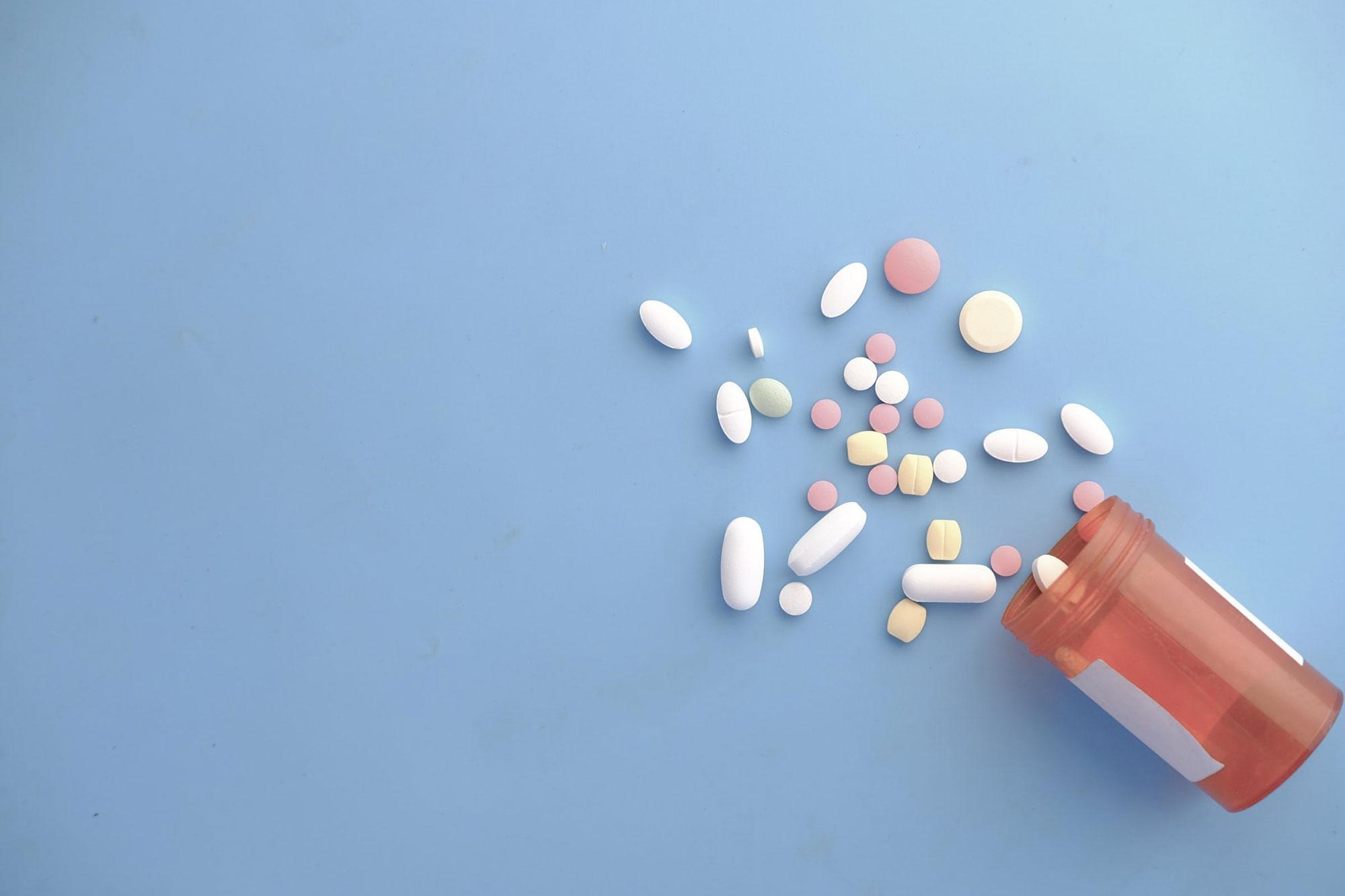Countering Covid-19 with already approved active substances

Using high-throughput infection screening, researchers have identified five approved clinical agents with high repurposing potential against Covid-19.
There are still too few effective treatments for Covid-19. As part of the SNSF's Special Call on Coronaviruses, researchers from the University of Zurich (UZH) and EPF Lausanne conducted a project aimed at finding potential candidates among drugs that have already been approved for other illnesses and that have a broad efficacy spectrum against human coronaviruses, particularly SARS-CoV-2. To find drugs that are readily available to the body and carry a low risk of viral resistance, they focused on substances that act against the cell rather than the virus. Should this repurposing succeed in identifying one or more active substances, this would considerably shorten the otherwise lengthy process of drug development. The substances could be transferred directly into broad-based clinical trials.
In their quest for such agents, the researchers used a novel image-based method that measures the entire viral replication cycle, from cell entry to reproduction within cells to transfer to non-infected cells. As a result, five candidates were identified from a total of 5440 investigated active substances; three of them are particularly effective in inhibiting virus production. The advantage of these therapeutic candidates is that they do not attack the virus itself, but act at the cellular level. As a result, their efficacy should be less rapidly diminished by resistant viruses compared to direct antivirals, which induce rapid resistance.
Methylene blue (MB), used to treat oxygen transport problems in the blood, mycophenolic acid (MPA), used in organ transplants, and antifungal posaconazole (POS) showed the broadest efficacy against human coronaviruses. In particular, they suppressed the spread of all relevant variants of SARS-CoV-2. Combined treatment with methylene blue and the active substance remdesivir also had a stronger effect than either agent used alone. This shows that the screening method is suitable for identifying agents that can be repurposed to fight coronaviruses and for proposing specific combined treatments.
